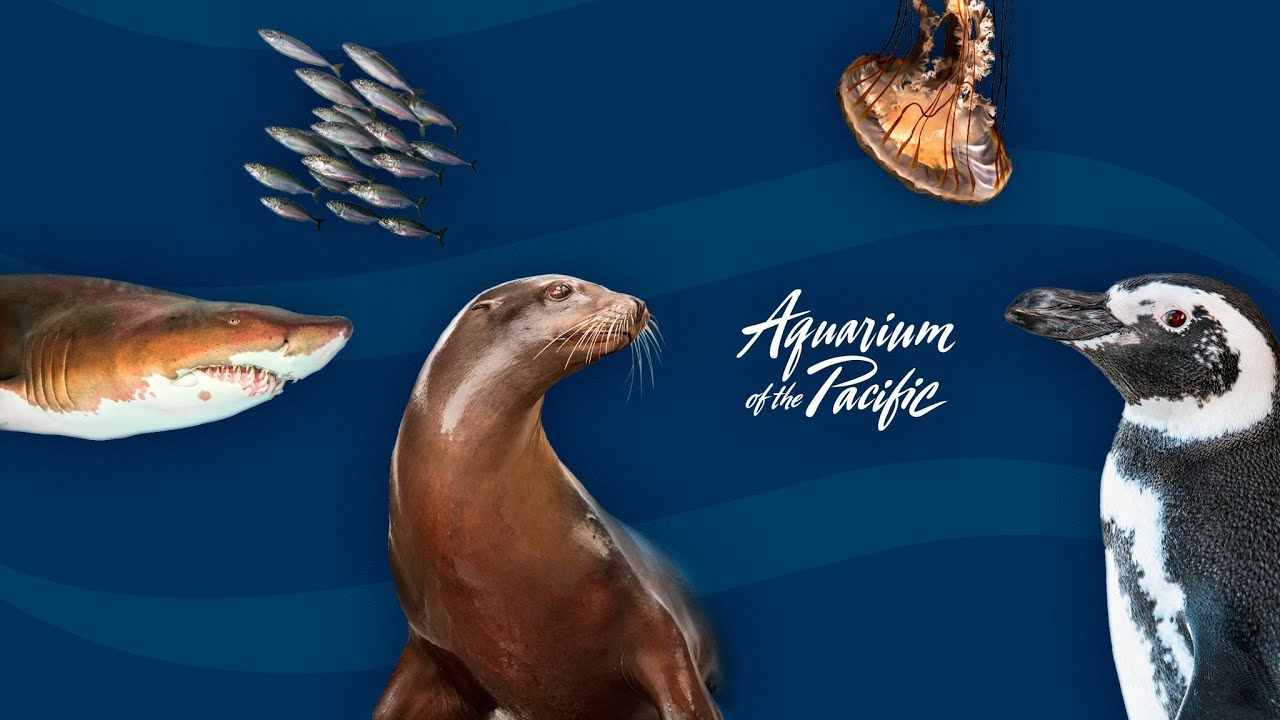- Sharks possess fascinating physical features and biology that make them highly specialized predators.
- Understanding shark behavior and their role in marine ecosystems is critical for marine ecology.
- The importance of conserving shark populations to maintain oceanic health and biodiversity.
- The various types of sharks, highlighting their diverse habitats and lifestyles.
- Exploring educational resources and interactive experiences for young students to learn about sharks.
Sharks are among the most mesmerizing creatures of the ocean, renowned for their striking physical features and unique biology. These characteristics make them not only efficient predators but also vital components of marine ecosystems. With several hundred species spread across the globe, sharks vary greatly in size, color, and habitat. Sharks’ streamlined bodies and keen senses allow them to navigate the challenges of marine life with prowess.
One notable feature of sharks is their keen sense of smell, capable of detecting even minute amounts of blood in the water from considerable distances. Additionally, sharks are equipped with electroreceptors, called ampullae of Lorenzini, which help them detect electrical signals emitted by potential prey. This ability places them among the most specialized hunters in the ocean.
Their skin is another marvel of adaptation. Covered in dermal denticles, a type of small, tooth-like structure, shark skin reduces drag and turbulence, allowing these creatures to move efficiently through water. This adaptation not only aids in predation but also helps prevent the growth of parasites and algae on their bodies.
Sharks’ reproductive strategies also reflect their evolutionary success. Some sharks lay eggs, while others give birth to live young. The length of gestation can vary widely among species, with some taking over a year to bring their young to term. Such strategies ensure that shark populations can survive and adapt over time, despite the many pressures they face in the wild.
Understanding the behavior of sharks provides insight into their role within marine ecosystems. Sharks often act as apex predators, meaning they are at the top of the food chain. This position allows them to regulate the populations of prey species, maintaining a balance that ensures ecosystem stability. By controlling these populations, sharks help in maintaining the health of seagrass beds and coral reefs, which are vital for fish nurseries and biodiversity.
Moreover, studying shark behavior aids in dispelling myths about these animals. Sharks are often misunderstood as mindless predators, while in reality, they play key roles in their environments. Sharks typically avoid human contact and rarely pose a threat. Education and understanding are crucial in changing public perception and promoting shark conservation.
Conservation of shark populations is essential for the sustainability of marine ecosystems. Overfishing and habitat loss have significantly impacted shark numbers worldwide. Practices such as finning, where sharks are caught, have their fins removed, and are then discarded, contribute to their decline. Such activities disrupt the ecological balance, leading to overpopulation of certain species that can negatively impact coral reefs and seagrass beds.
Efforts to conserve sharks are increasingly important. Protecting these animals through fishing regulations and marine protected areas can help ensure their survival. Organizations and governments are working towards international cooperation to establish treaties and agreements to limit trade in endangered shark species and promote sustainable fishing practices.
Public education and awareness campaigns are also significant measures in shark conservation. Engaging the next generation through educational programs can foster a sense of responsibility towards marine life. Interactive experiences, such as aquariums and virtual reality exhibits, allow children to observe and learn about these fascinating creatures in safe environments.
Exploring the variety of shark species reveals the adaptability and diversity of these animals. From the immense whale shark, which is the largest fish in the ocean, to the agile reef sharks, differing habitats and food sources have led to the evolution of a wide range of species. Deep-sea sharks have adapted to life in the pitch-black depths, while others inhabit the shallow waters of coral reefs. Each species possesses unique adaptations suited to its environment, offering valuable lessons in biological diversity and specialization.
Educational resources are invaluable in introducing young learners to the world of sharks. By participating in guided activities, such as drawing sharks or simulating their feeding habits, children can gain a deeper understanding of these animals. Interactive tools, including videos and computer games, provide engaging ways for students to familiarize themselves with shark anatomy and behavior.
Teachers and parents can foster curiosity about marine life by incorporating shark-themed lessons into broader environmental studies. Activities highlighting the interdependence of species can help students grasp the ecological importance of sharks. By making learning fun and interactive, educators can instill a lasting interest in ocean conservation among their students.
In the face of challenges such as climate change and pollution, preserving the natural habitats of sharks becomes paramount. Protecting coral reefs, mangroves, and seagrass beds through sustainable practices ensures that sharks, along with countless other marine species, continue to thrive. Collaborative efforts between countries, conservationists, and communities are crucial to crafting strategies that balance human needs with natural preservation.
In conclusion, understanding sharks and their role in marine ecosystems reveals the amazing complexity of life beneath the waves. Through education and conservation, we can ensure that these incredible creatures continue to grace our oceans for generations to come.
*****
Source Description
Join us as we explore sharks around the Aquarium and discover why they are such special and amazing animals.


